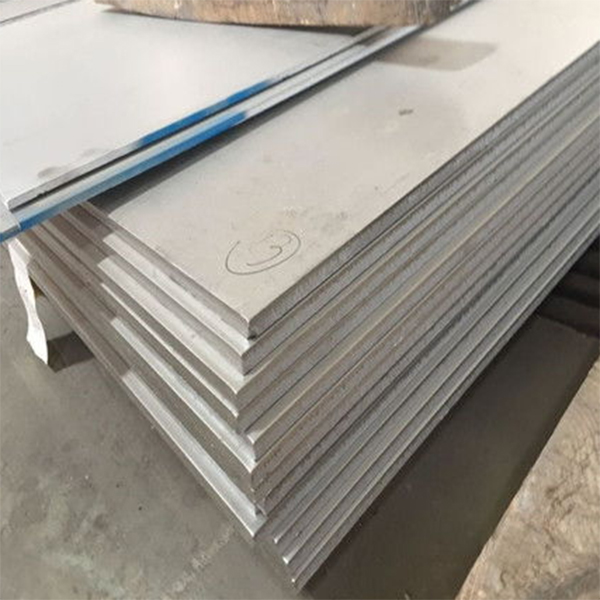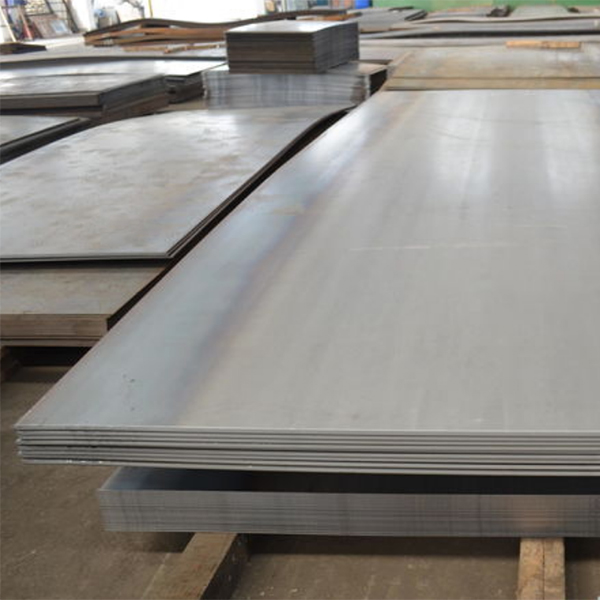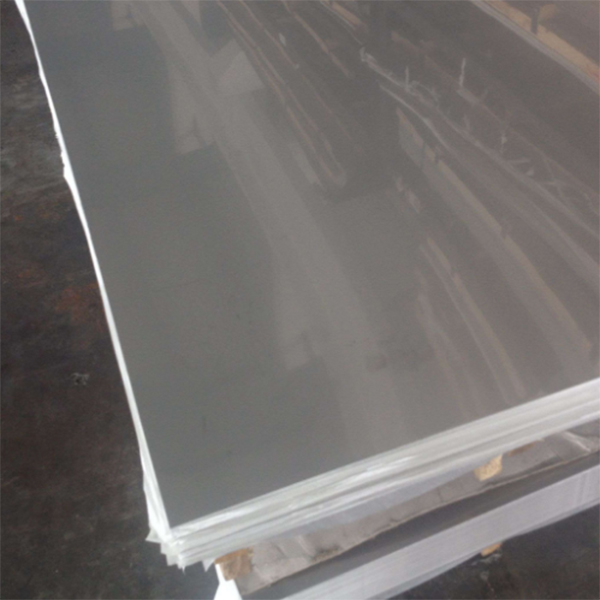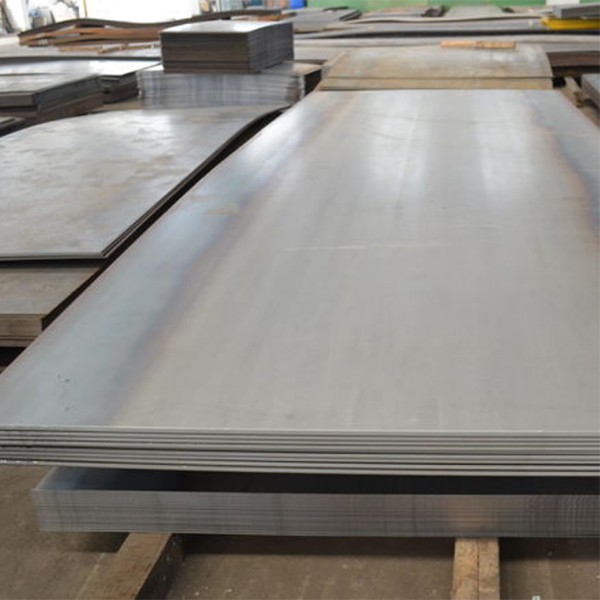Brearley invented stainless steel in 1916 obtained the British patent and began to mass production, so far, the stainless steel accidentally found in the garbage became popular all over the world, Henry Brearley is also known as the "father of stainless steel". During the First World War, British guns on the battlefield were always sent back to the rear because the chamber was worn and unusable. Military production departments ordered the development of high strength wear-resisting alloy steel Breer Li, specializing in solving the problem of wear of the bore. Brearley and his assistant collected various types of steel produced at home and abroad, a variety of different properties of alloy steel, in a variety of mechanical properties of performance experiments, and then select the more suitable steel into guns. One day, they tested a kind of domestic alloy steel containing a lot of chromium. After the wear-resisting test, it was found that this alloy was not wear-resisting, indicating that it could not be used to make guns. So they recorded the results of the experiment and threw them into a corner. One day, a few months later, an assistant rushed to Brearley with a shiny piece of steel. "Sir," he said, "I found the alloy from Mr. Mullah when I was cleaning out the warehouse. Would you like to test it to see what special use it has!" "Good!" Brearley said happily, looking at the shining steel.
Experimental results show that it is not afraid of acid, alkali, salt stainless steel. The stainless steel was invented by a German mullah in 1912, but the mullah had no idea what it was for.
Brearley wondered: "Can this kind of steel, which is not wear-resistant but corrosion-resistant, be used for tableware, not for guns?" He said dry dry, began to make stainless steel fruit knife, fork, spoon, fruit plate and folding knife.
Now the application of stainless steel is more and more widely, the demand is also increasing, then the next is to talk about the classification and application of stainless steel.
All metals react with oxygen in the atmosphere to form an oxide film on the surface. Unfortunately, the iron oxide that forms on ordinary carbon steel continues to oxidize, allowing the corrosion to expand and eventually form holes. The surface of carbon steel can be secured by electroplating with paint or oxidization-resistant metals such as zinc, nickel and chromium, but, as is known, this protection is only a thin film. If the protective layer is broken, the steel underneath begins to rust.
Resistant to air, steam, water and other weak corrosive medium and acid, alkali, salt and other chemical corrosive medium corrosion of steel. Also known as stainless acid - resistant steel. In practical application, the steel with weak corrosion resistance is often called stainless steel, and the steel with chemical corrosion resistance is called acid resistant steel. Due to the difference in chemical composition, the former is not necessarily resistant to chemical medium corrosion, while the latter is generally rust resistant. The corrosion resistance of stainless steel 2 depends on the alloying elements contained in the steel. Chromium is the basic element to make stainless steel corrosion resistance. When the chromium content in steel reaches about 12%, chromium and oxygen in the corrosive medium react to form a very thin oxide film (self-passivation film) on the steel surface, which can prevent further corrosion of the steel matrix. In addition to chromium, commonly used alloy elements and nickel, molybdenum, titanium, niobium, copper, nitrogen, etc., to meet the requirements of various uses of stainless steel structure and performance.
Two, the classification of stainless steel stainless steel is usually divided into:
1. Ferritic stainless steel. Chromium 12% ~ 30%. Its corrosion resistance, toughness and weldability increase with the increase of chromium content, and its resistance to chloride stress corrosion is better than other stainless steels.
2. Austenitic stainless steel. It contains more than 18% chromium, 8% nickel and a small amount of molybdenum, titanium, nitrogen and other elements. Good comprehensive performance, can resist the corrosion of a variety of media.
3. Austenitic ferrite duplex stainless steel. It has the advantages of austenitic and ferritic stainless steel, and has superplasticity.
4. Martensitic stainless steel. High strength, but poor plasticity and weldability.
Three, the characteristics and use of stainless steel.
Four, stainless steel surface process.
Five, each steel mill packaging characteristics and main production products.
Other domestic steel mills: Shandong Taigang, Jiangyin Zhaoshun, Xinghua Dayan, Xi 'an Huaxin, Southwest, East special steel, these small factories mainly use waste processing to roll plate, backward production process, plate surface difference, no mechanical performance guarantee, element content in the big factory is almost the same, the price is cheaper than the big factory with the same model.
Imported steel mills: Shanghai Krupp, South Africa, North America, Japan, Belgium, Finland, imported board production technology advanced, clean and beautiful board surface, trim trim, the price is higher than the domestic equivalent model.
Six, stainless steel specifications model and size: stainless steel plate contains a volume and the original plate volume:
1. Roll is divided into cold rolled roll and hot rolled roll, cut edge roll and raw edge roll.
2. The thickness of cold rolled coil is generally 0.3-3mm, there are 4-6mm thickness of cold rolled sheet, width of 1m, 1219m, 1.5m, expressed by 2B.
3. The thickness of hot rolled volume is generally 3-14mm, there are 16mm volume, width is 1250, 1500, 1800, 2000, with NO.1.
4. The rolls with width of 1.5m, 1.8m and 2.0m are cut edge rolls.
5. The width of the burr roll is generally 1520, 1530, 1550, 2200 and so on wider than the normal width.
6. In terms of price, the same model of cut edge roll and raw edge roll generally differ about 300-500 yuan.
7. The volume can be fixed according to the length of customer requirements, after the opening machine is called open plate. Cold rolling general opening 1m*2m, 1219*2438 is also called 4*8 feet, hot rolling general opening 1.5m*6m, 1.8m*6m, 2m*6m, according to these sizes called standard plate or fixed size plate.
The original plate is also called single sheet rolling:
1. The thickness of the original board is generally between 4mm-80mm, there are 100mm and 120mm, this thickness can be fixed rolling.
2. The width of 1.5m, 1.8m, 2m, length of more than 6m.
3. Features: The original plate has large volume, high cost, difficult pickling and inconvenient transportation.
Seven, thickness distinction:
1. Because the steel mill machinery in the rolling process, the roll is heated slight deformation, resulting in the thickness of the rolled out of the plate deviation, generally thick in the middle and thin on both sides. When measuring the thickness of the board, the state shall measure the middle part of the board head.
2. Tolerances are generally divided into large tolerances and small tolerances according to market and customer demand.
Eight, the proportion of each stainless steel material:
1. 304, 304L, 304J1, 321, 201, 202 specific gravity 7.93.
2. 316, 316L, 309S, 310S specific gravity 7.98.
3. The proportion of 400 series is 7.75.




Post time: May-23-2022
